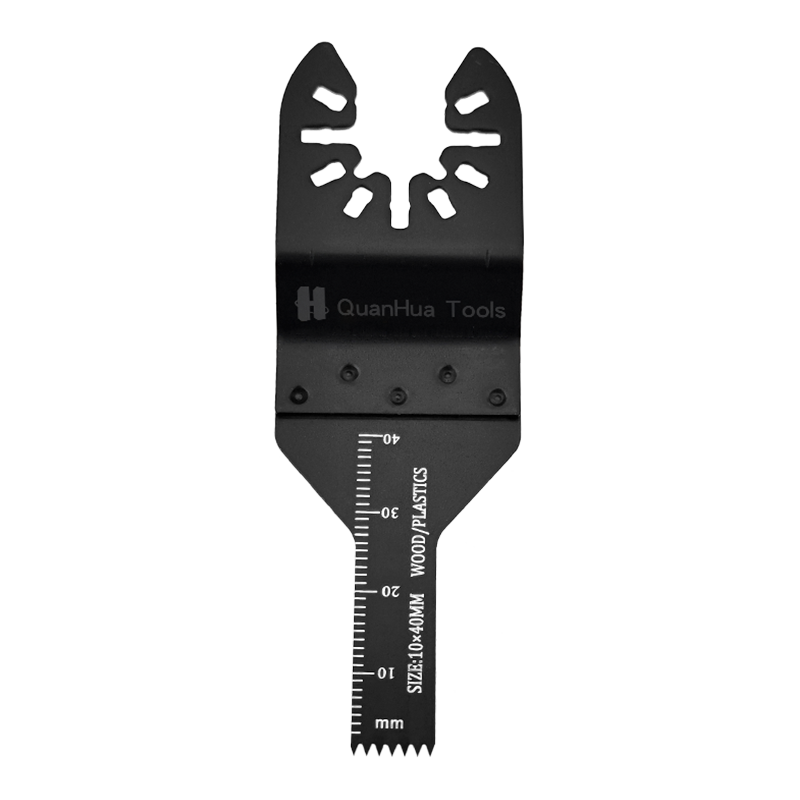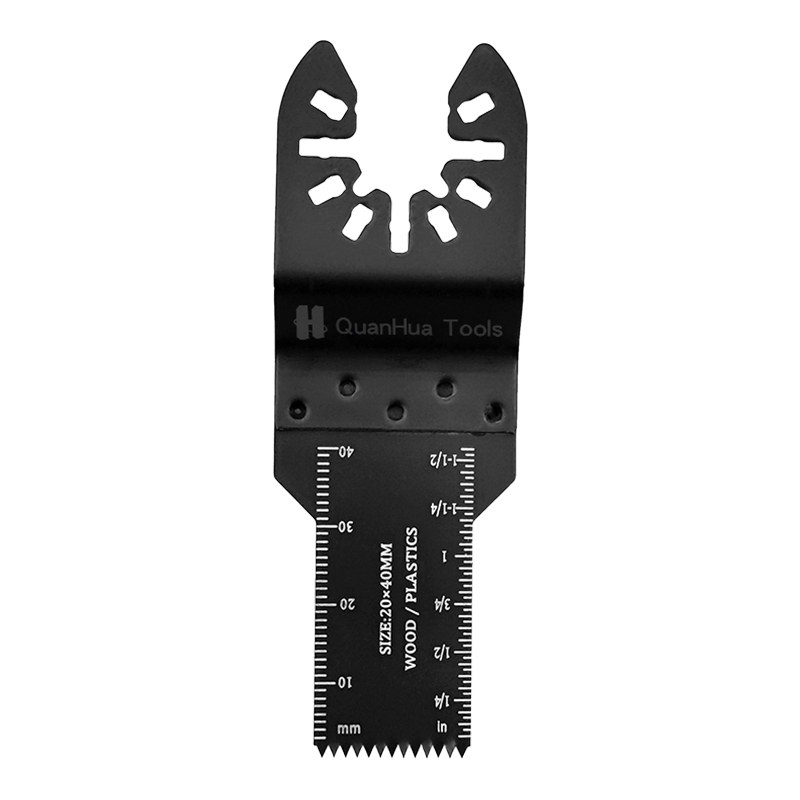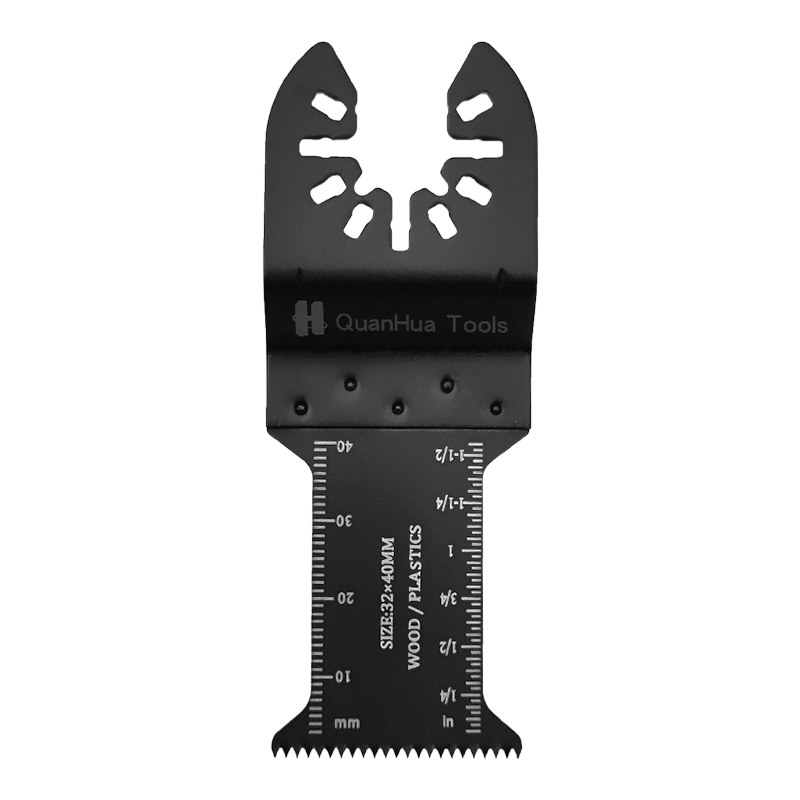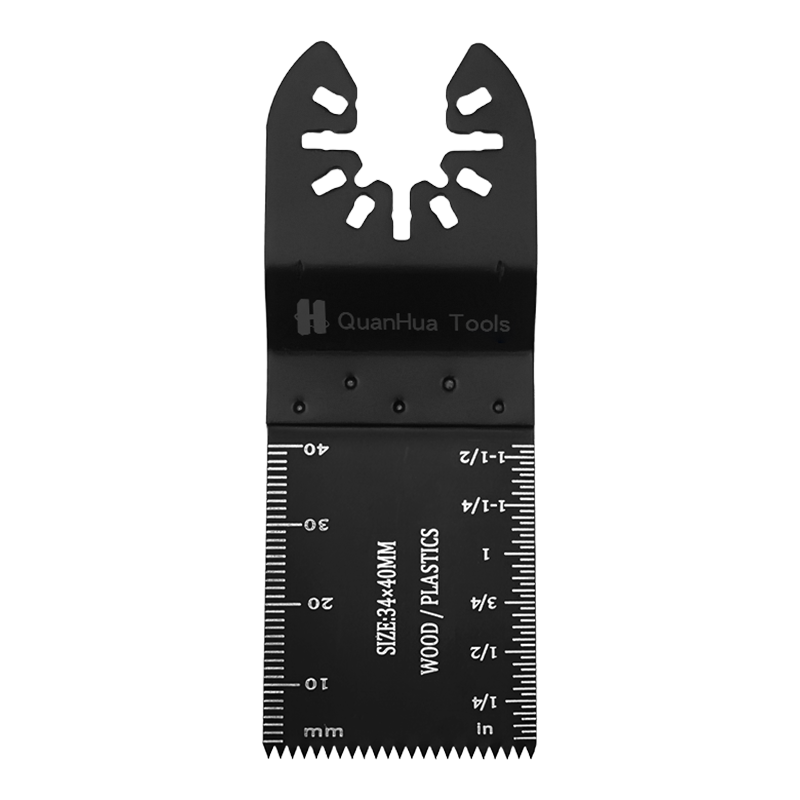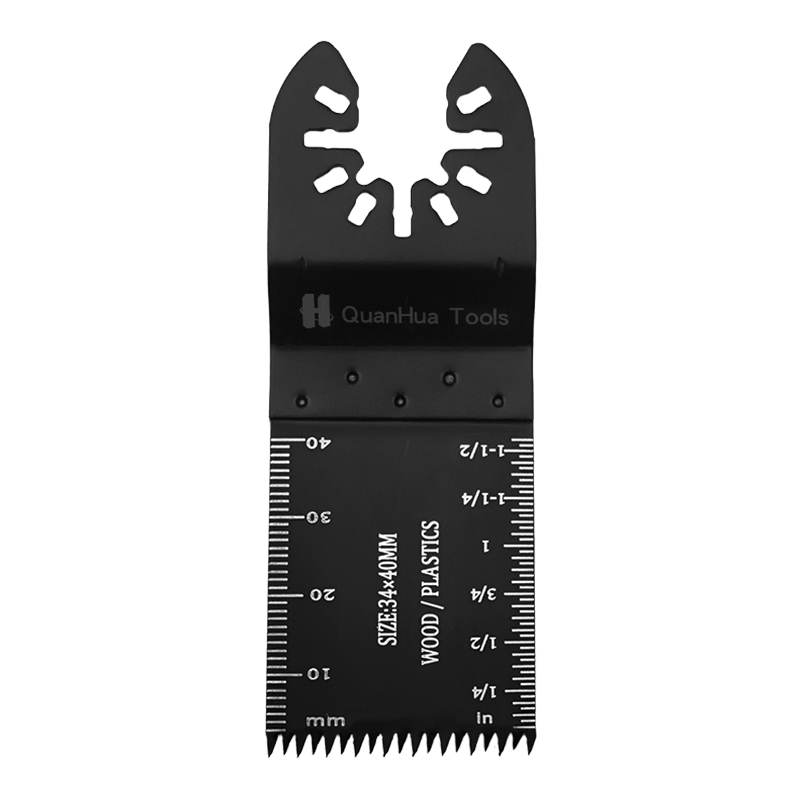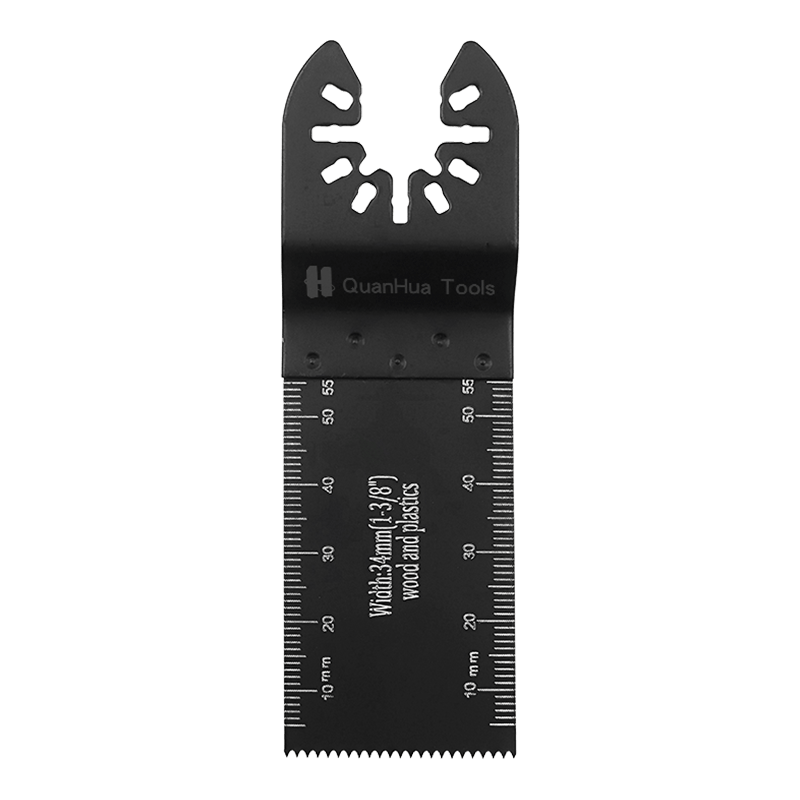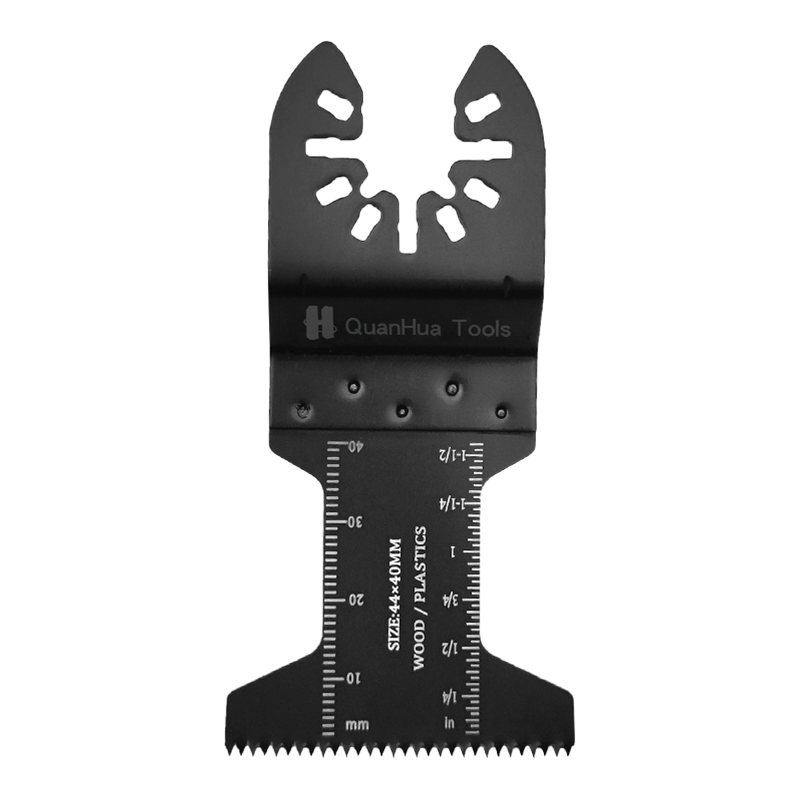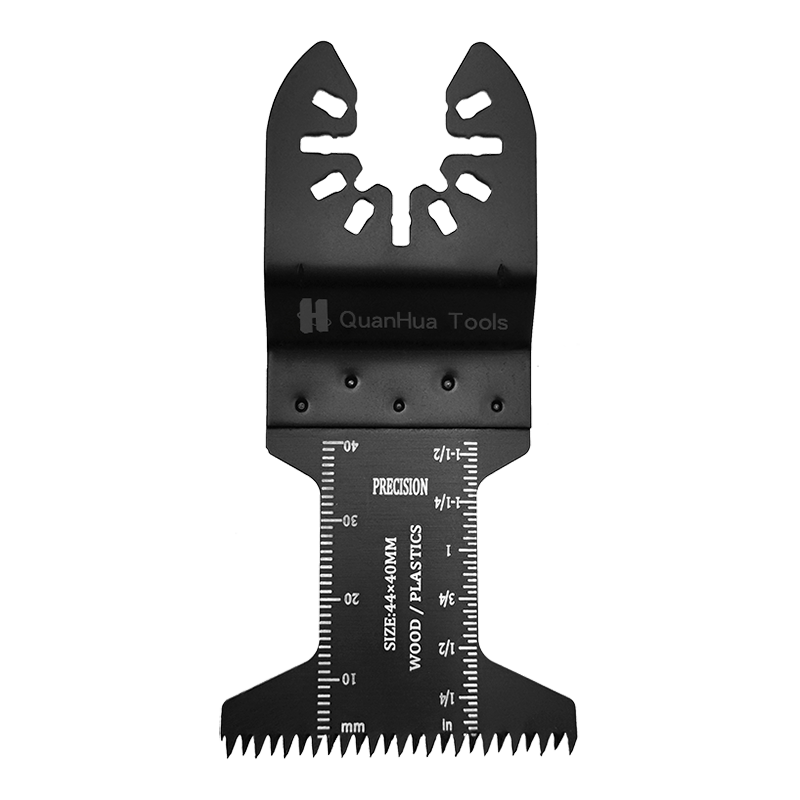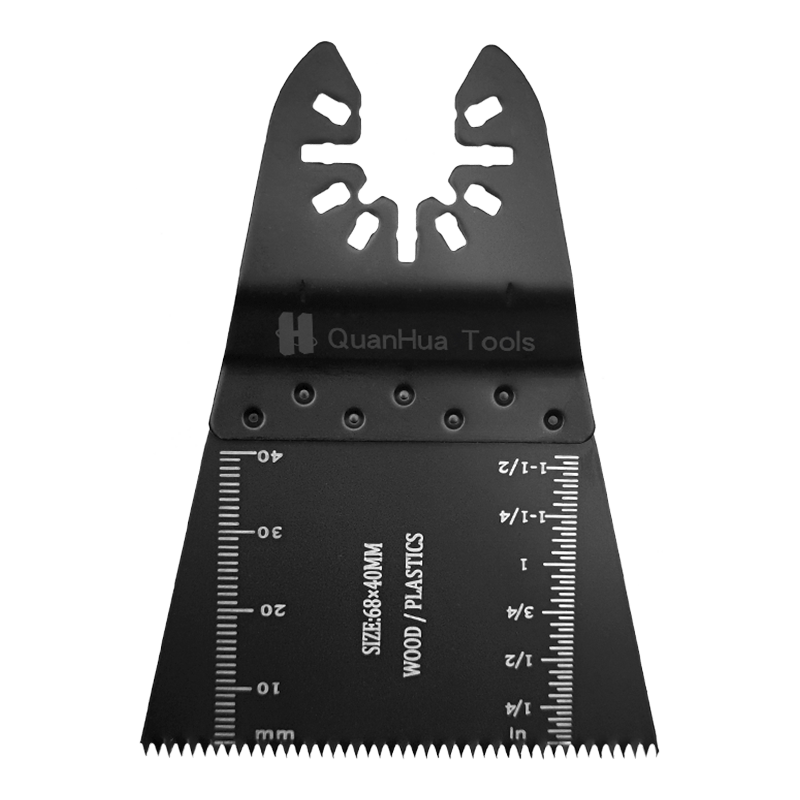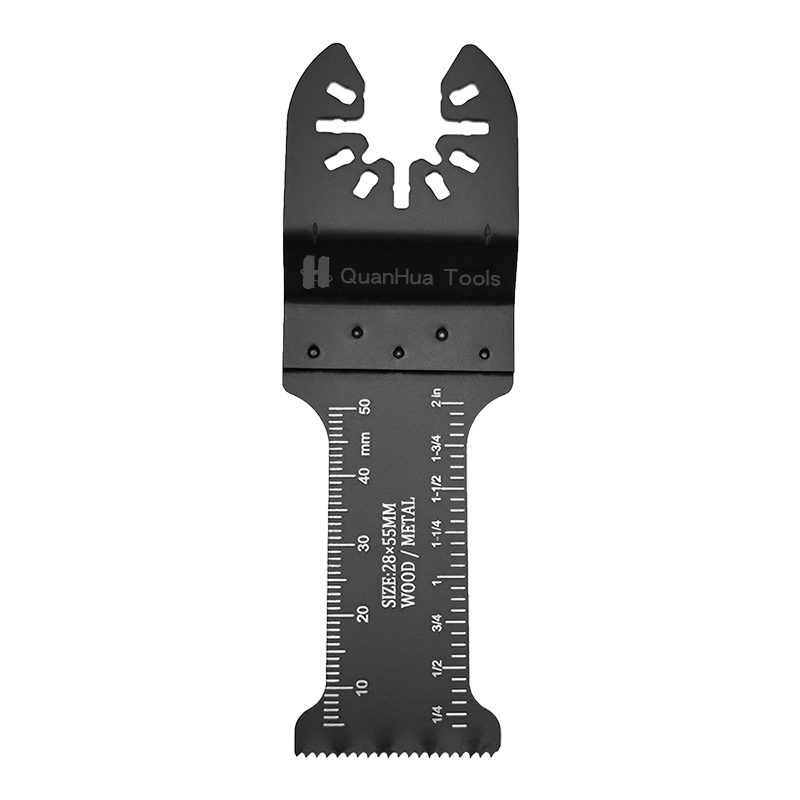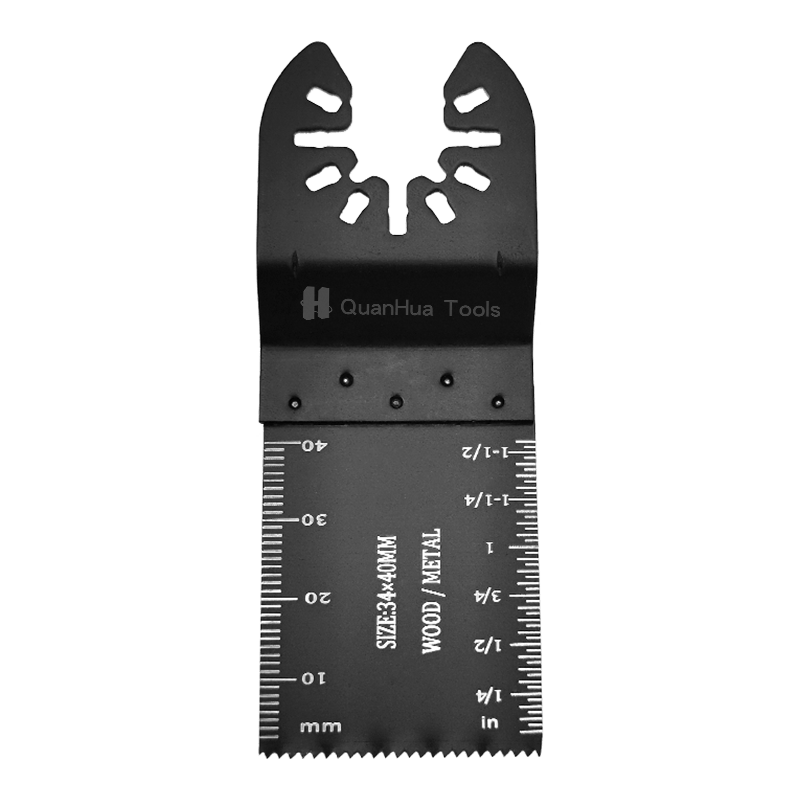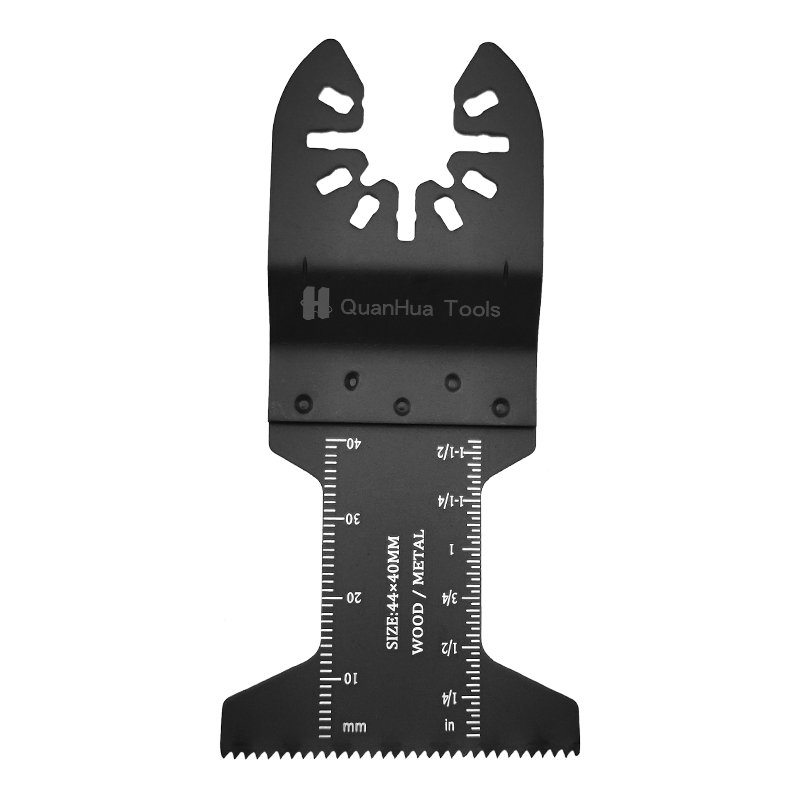1. Common types of gardening saw blades and applicable scenarios
There are many types of Garden Saw Blade, and different saw tooth designs and structural forms determine their scope of use. According to the purpose, we can divide gardening saw blades into the following categories:
Pruning Saw Blade
Tooth characteristics: large and deep triangular teeth or pull teeth, suitable for fast cutting of live branches
Objects of use: fruit trees, shrubs, garden landscape trees
Suitable tools: manual pruning saws, electric pruning saws
Advantages: The saw tooth design helps to discharge sawdust and avoid jamming; the cut surface is neat and reduces wound infection
Suitable tasks: pruning fresh branches with a diameter of 1 to 5 cm to improve ventilation and beautiful shape
All-Purpose Blade
Tooth characteristics: medium-sized tooth pitch, taking into account speed and precision
Objects of use: dry branches, PVC water pipes, small wood blocks
Suitable tools: reciprocating saws, saber saws, electric saws
Advantages: can handle a variety of materials, suitable for fast cleaning or renovation operations
Suitable tasks: simultaneous processing of wood and non-metallic pipes in garden renovation
Fine-Tooth Saw Blade (Fine-Tooth Saw Blade) =Blade
Tooth characteristics: small and dense teeth, delicate cutting, suitable for delicate operations
Objects of use: dry wood, fruit tree branches, bonsai twigs
Suitable tools: folding saw, small saw frame
Advantages: smooth cuts, almost no tearing of wood grain
Suitable tasks: pruning twigs, pre-harvest shaping of fruit trees, and shaping of ornamental plants
Chain Saw Chain
Structural characteristics: circular saw teeth composed of chains, usually driven by high-speed motors
Objects of use: thick tree trunks, large wood
Suitable tools: oil saws, electric chain saws
Advantages: powerful, fast cutting, can handle thick branches or fallen trees with a diameter of more than 10 cm
Suitable tasks: large-scale logging, landscaping or fallen tree handling
2. Recommendations for the best combination of saw blades and tools
The correct saw blade + tool combination can improve efficiency and reduce labor intensity in different work scenarios. The following are recommended combinations for several common scenarios:
Daily pruning and maintenance
Recommended tools: manual pruning saw + large-tooth pruning saw blade
Application description: suitable for home gardens or community green spaces, light and easy to operate, and convenient for daily maintenance
Recommended models: Japanese pull-type folding saw (Silky Gomboy, etc.)
Advantages: no power supply required, suitable for detailed operations, economical and practical
High branch pruning
Recommended tools: telescopic pole saw + curved saw blade
Application description: no ladder is required, interfering branches at a height of 3 to 4 meters can be cut off
Recommended models: Fiskars, Bahco telescopic saw
Advantages: safe operation at high altitude, no reliance on scaffolding or climbing tools
Bush clearing and large-area pruning
Recommended tools: electric reciprocating saw + multi-purpose saw blade
Application description: suitable for garden renovation or large-area shaping of shrubs
Recommended models: DeWalt, Makita reciprocating saw + BOSCH universal saw blade
Advantages: fast, labor-saving, and can be used continuously for a long time
Logging or thick branch processing
Recommended tools: electric chain saw + High-strength chain saw blade
Application description: felling dead trees, dealing with garden obstacles
Recommended models: STIHL, Husqvarna Electric chain saw
Advantages: More efficient in handling large trees, suitable for professional gardening or forestry operations
3. Tips to improve efficiency
Although the saw blade is small, the correct use and maintenance methods will greatly improve the quality and efficiency of the work:
Regular grinding and replacement
The blunt saw blade has reduced cutting force and is easy to tear branches
You can use diamond files and sharpeners to manually sharpen the teeth
It is recommended to check the saw teeth every 3 to 6 months, and frequent users can be more frequent
Cleaning and rust prevention
Remove sawdust and resin residue after each use
Lightly spray the surface of the saw blade with WD-40 or anti-rust oil
Avoid moisture when storing, and put it in the tool box with desiccant
Optimize operating angle and posture
Avoid pushing when using a pull saw blade to prevent breakage
Maintain a 30-45° angle with the wood when sawing to facilitate chip removal
Hold the power tool firmly to prevent the saw blade from jumping
Safety first
Always wear gloves, protective glasses and work shoes
When operating with electric saws, avoid crowded areas
Before changing the saw blade, make sure the power is off or remove the battery

